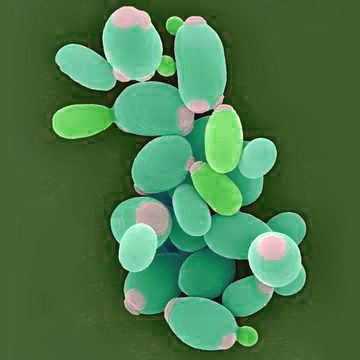Kingdom Fungi Subphylum Saccharomycotina Rank Species | Genus Candida Higher classification Candida | |
 | ||
Similar Candida tropicalis, Candida glabrata, Issatchenkia orientalis, Candida lusitaniae, Candida dubliniensis | ||
Candida parapsilosis is a fungal species of the yeast family that has become a significant cause of sepsis and of wound and tissue infections in immuno-compromised patients. The immune system is a major player in Candida parapsilosis infections. Unlike Candida albicans and Candida tropicalis, Candida parapsilosis is not an obligate human pathogen, having been isolated from nonhuman sources such as domestic animals, insects or soil. Candida parapsilosis is also a normal human commensal and it is one of the fungi most frequently isolated from the human hands. There are several risk factors which can help Candida parapsilosis to colonize human host. Immuno-compromised individuals and surgical patients, particularly those having surgery of the gastrointestinal tract are at high risk for infection with Candida parapsilosis. There is currently no consensus on the treatment of invasive Candida parapsilosis diseases, although the therapeutic approach typically includes the extraction of any removable foreign bodies and the administration of a systemic anti fungal. Historically, Amphotericin B has been the most frequently used anti fungal. Fluconazole is a frequently administrated alternative to Amphotericin B.
In one study of onychomycosis (infection of the nails) Candida parapsilosis was the most common Candida species.
